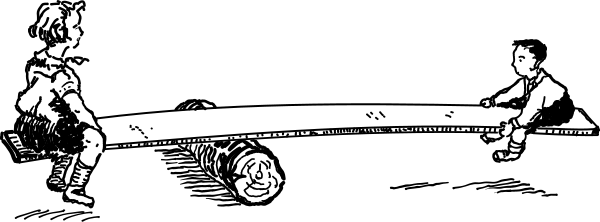I finally understood why Sandy cut herself.
I was confused as well as repulsed; Sandy, a pretty young woman cut herself. It seemed completely inexplicable to me. Of course I recoiled from her. Interestingly soon after this encounter, one of my daughters broke her foot. Suddenly she attracted people who were eager to help her. I was struck by the contrasting reactions. Two women, both hurting, yet only one garnered sympathy.
Picture these two separate scenes.
In the first vignette, a smiling young woman with a cumbersome backpack, leans with both hands on a walker as she edges towards heavy doors leading to a lecture hall. Before she can even touch the handle, two young men sprint up, open the door and solicitously offer to carry her bag till she is sitting comfortably at her desk. She is an accepted part of the young men’s social group. Her disability, although permanent, does not repulse the other students but elicits empathy.
A diametrically opposed scene focuses on another young, pretty woman but she slouches with her head down. As she struggles weakly with the same heavy doors, an impatient young man sighs, shakes his head at her and roughly yanks the door open . He steps quickly past her after glancing at her sideways because her hands are trembling. She refuses eye contact because she is ill at ease and self-conscious.
The first woman’s physical disability is clearly understood by the male students; they confidently offer the kind of help that she needs. The second woman makes the young guy uncomfortable because it is obvious that she is emotionally or mentally ill but he really does not exactly know why she is ill or how to help her.
Ironically physical illness often has the power to bring people together by calling forth virtues from both the one in pain and those around them. On the other hand, mental pain is harder to bear, even more difficult to help.
I finally understood why a pretty woman like Sandy, in tremendous emotional pain,
cut her arms because those visible wounds
took her mind off her mental pain.
A cut became the visible symbol
not only to herself but to society
of her inner illness that until then
had been invisible.



























.jpg)
.jpg)
.jpg)
.jpg)
.jpg)









